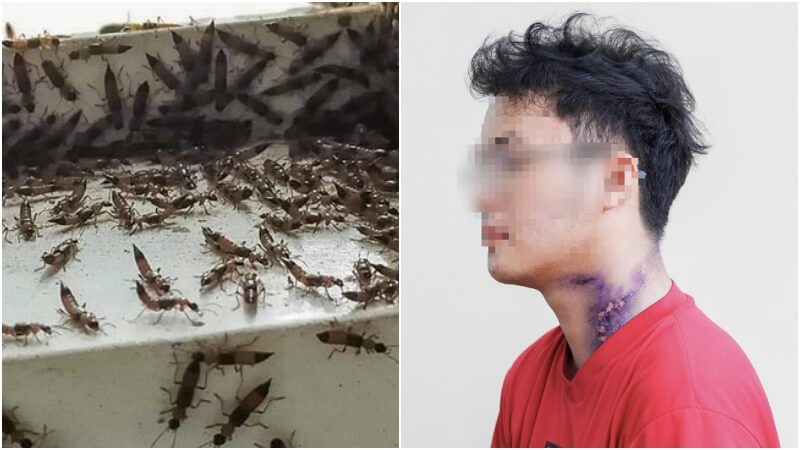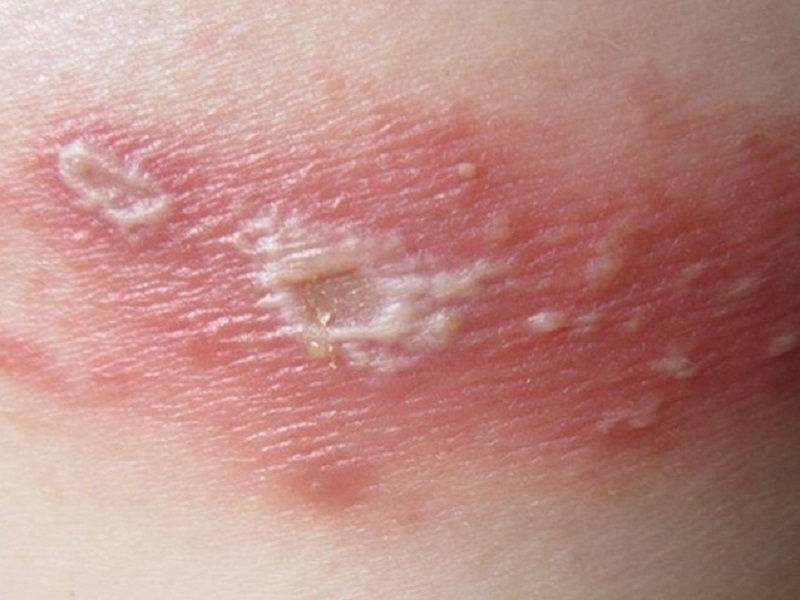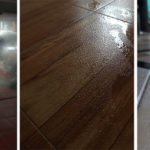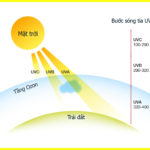A recent photo circulating online has caused alarm among the community, as it reveals a high concentration of three-striped beetles (known as “kien ba khoang” in Vietnamese) at Dormitory Area B of the Ho Chi Minh City National University. According to Dr. Doan Binh Minh, the toxic secretion of these beetles can cause immediate skin damage upon contact.
 Image source: Ho Chi Minh City National University, Dormitory Area B community
Image source: Ho Chi Minh City National University, Dormitory Area B community
Reports of Three-Striped Beetle Attacks
The three-striped beetles have been spotted in large numbers at the aforementioned dormitory, particularly at night, gathering around lights and then moving onto clothing and beds. If someone comes into contact with their toxic secretion, it can result in skin damage.
About two weeks ago, a student from the University of Social Sciences and Humanities, N.T. Th, discovered multiple wounds on her arm caused by these beetles. Unfortunately, before her old wounds could heal, she found even more severe lesions.
Another student, H.C, experienced a similar situation but with an even worse outcome. The wounds became pus-filled and caused a burning sensation, prompting H.C to seek medical attention at the infirmary.
In response to these incidents, the Ho Chi Minh City National University dormitory administration has promptly advised students on preventive measures against the beetles, including clearing surrounding bushes to eliminate their habitat. Additionally, insecticides have been sprayed to minimize the beetles’ presence.
Why Has There Been a Sudden Surge in Three-Striped Beetles?
The Da Lieu Hospital in Ho Chi Minh City has reported a sudden increase in patients suffering from allergies due to three-striped beetles, with approximately 80-100 cases per day, compared to none in the previous month.
Dr. Vu Thi Phuong Thao, from the Da Lieu Hospital, stated that the common skin symptoms during this beetle outbreak include patches and blisters on the hands and feet.

The current rainy season in Ho Chi Minh City creates favorable conditions for the proliferation of three-striped beetles in residential areas, dormitories, and construction sites near fields, ponds, or water bodies.
It is important to be cautious in areas where pesticides are frequently used for agricultural purposes, such as Districts 7 and 9, as well as Hoc Mon and Cu Chi, due to the displacement of the beetles from their natural habitat.
What to Do If You Are Attacked by Three-Striped Beetles
The toxic secretion of three-striped beetles can rapidly destroy the skin’s protective barrier, leading to inflammation and burns. However, if you develop blisters, refrain from touching, squeezing, or scratching them, as this may lead to infection. Simply wash the affected area and apply medication.
If the lesions spread, seek immediate medical attention at a healthcare facility. Delaying treatment may result in scarring and discoloration.
The Institute of Malariology, Parasitology, and Entomology in Ho Chi Minh City (under the Ministry of Health) offers the following advice for preventing three-striped beetle infestations:
• Use yellow light bulbs instead of white ones, as the beetles are attracted to white light.
• Sleep under a mosquito net, and install screens on windows and doors.
• Keep doors closed when not in use.
• Clear surrounding bushes and vegetation.
• For farmers working in fields, wear long sleeves, hats, masks, and boots to minimize direct contact with insects.
We hope that this information raises awareness about the highly toxic three-striped beetles and provides effective measures to deal with them. Please share this with your friends and family to ensure their safety!







































